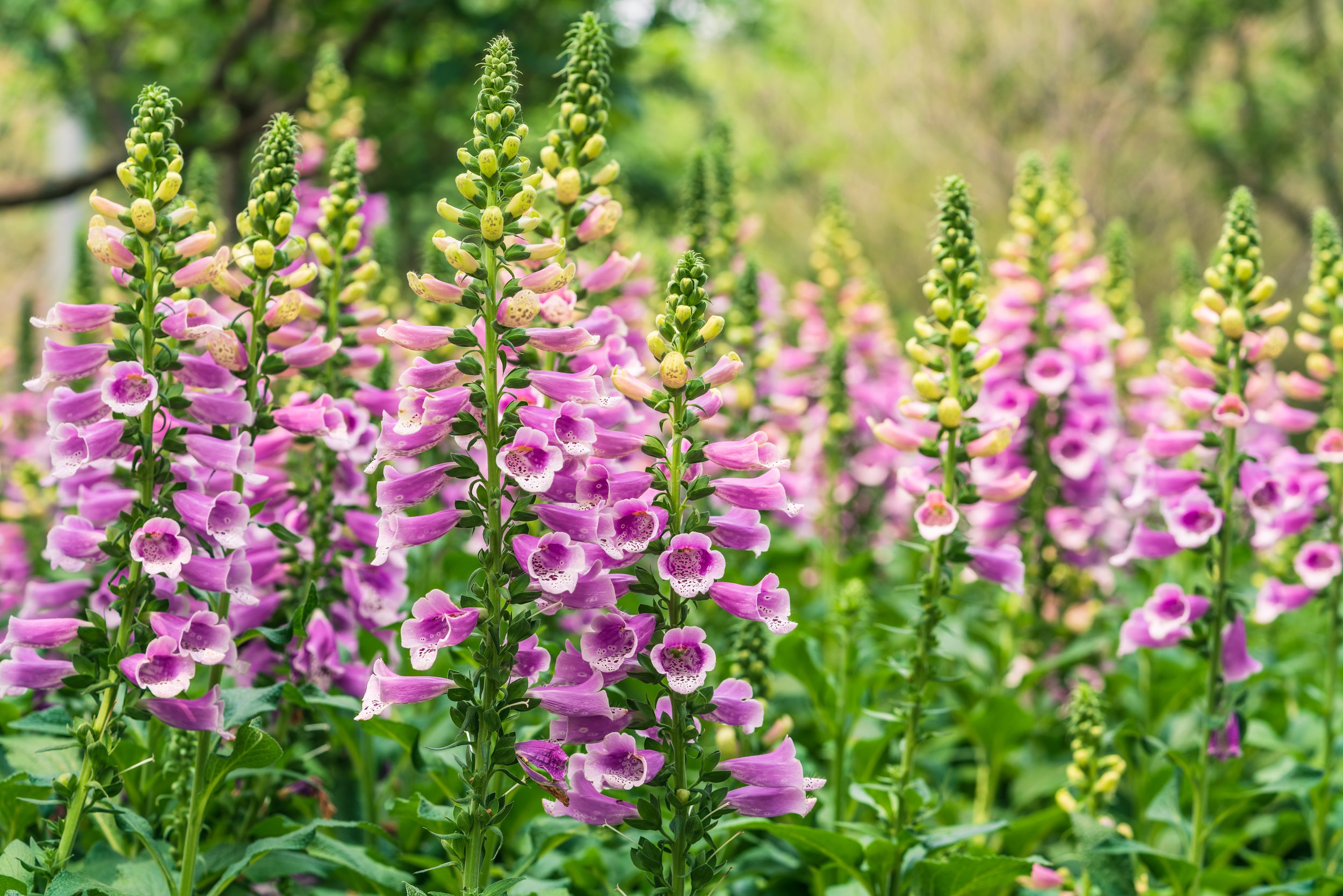Herbal Reflection: Mullein (Verbascum thapsus)
by: Lore McSpadden-WalkerAnother one of my plant allies that I’ve been making simple (i.e., single herb) infusions with recently is mullein (scientific name: Verbascum thapsus).
In the words of Meghan Gemma in the textbooks that accompany the Chestnut School of Herbal Medicine’s Herbal Immersion course, “mullein is an herb whose light penetrates the dark and small places within us—the bronchi of the lungs, the hollows of the ear, the deep well of the bladder, and the feather-thin spaces between joints and vertebrae. This is one of our best (if little known) remedies for chronic asthma, respiratory inflammation, ear infection, urinary incontinence, bladder weakness, and spinal injury.”
It’s medicinal actions include respiratory tonic, expectorant, antispasmodic, anti-inflammatory, demulcent, and vulnerary from its leaves; demulcent, anodyne, sedative, anti-inflammatory, antibacterial, and vulnerary from its flowers; and a urinary tonic and diuretic from its roots.
That is a lot of medicine from a plant that is often considered a weed!
Mullein is native to northern Africa, western Asia, and parts of Europe; although it is not native to North America, it has been naturalized here. It is not considered invasive in most of North America, but is in some areas including (but not limited to) Colorado, Oregon, and British Columbia: as a result, I recommend verifying that it is not invasive in your area before you decide to plant any in your medicinal garden.
I am fortunate to live in a state where it is not considered invasive, with John Farfaglia, an extension educator with Cornell Cooperative Extension in Niagara County, stating that: “It’s easy to control; if you want one here or there, it’s no big deal.” It is, in fact, easy to pull up by the roots with just a light tug, so even if you end up with volunteers or excess plants due to self-seeding, you should be able to easily maintain a reasonable amount of it. People living in North America who are focusing on growing solely native plants, however, should avoid planting mullein.
If you don’t grow it in your own garden and find what you believe is mullein while foraging, be extra cautious if you are considering harvesting some when it’s not in flower: the leaves of mullein can be mistaken for deadly foxglove; other lookalikes when not in flower are elecampane and comfrey, although both of those are used medicinally. Foxglove, however, is called deadly for a reason: as little as one leaf can be fatal to a human.
The good news is that the flowers of mullein and foxglove look nothing alike, so when in doubt: wait for the plant to flower before harvesting.
(Foxglove’s purple blooms are shown on the left, and mullein’s yellow flowers are shown on the right)
Mullein is a biennial, with its leaves being best harvested in their first year or in the spring of their second year. I am lucky that my second-year mullein plants are already showing their happy green leaves, and as a result I was able to brew my infusion with a few freshly picked leaves right from my garden.
You can use its leaves, flowers, and roots in your medicinal preparations, and can prepare it as a tea (aka infusion), tincture, poultice, and oil.
I made an infusion of its fresh leaves, using two large leaves that I gently tore into smaller pieces in approximately three cups of water at 180 degrees Fahrenheit, steeped with a lid on for about 12 minutes. I filtered it through cheesecloth while pouring it into my mug to avoid ingesting the very fine hairs that grow on its leaves, which can tickle the throat most unpleasantly if they aren’t filtered out.
The tea made from fresh mullein leaves had a very light scent and flavor. It has a bit more bitterness when it is brewed with dried leaves, but not by much: I definitely enjoy mullein tea from dried leaves through the winter months! It is uplifting and smooth, and because it is a demulcent with moistening energetics it does not have the astringent qualities that many herbal teas do.
While drinking it, I noticed that the tension in my neck and shoulders melted away. Furthermore, the moderate headache and mild shortness of breath that I had been experiencing in connection to the sinus infection that I’m fighting off were almost completely alleviated. The tea itself was uplifting and smooth, and I was reminded of how gently powerful mullein’s medicine is.
Next on my list of simple, single-herb teas that I will be writing about: the sweet and powerful stinging nettle!


